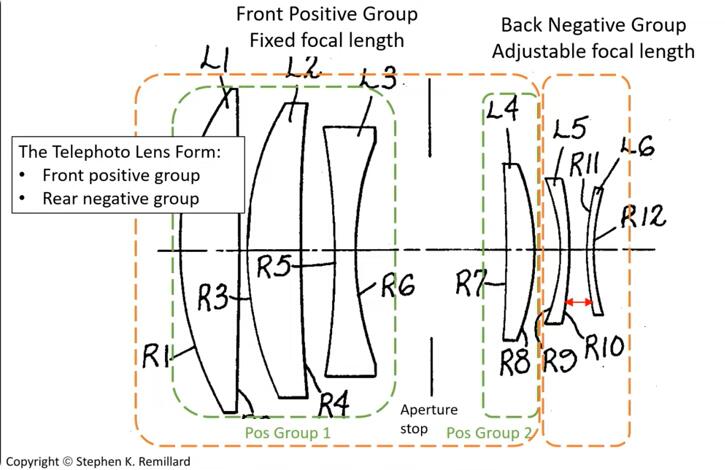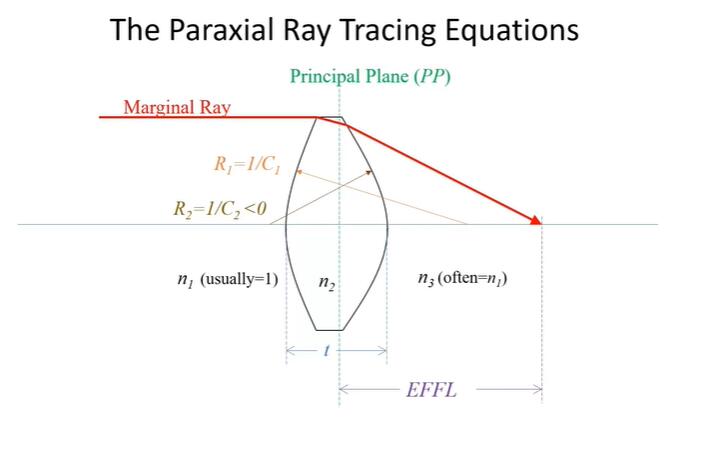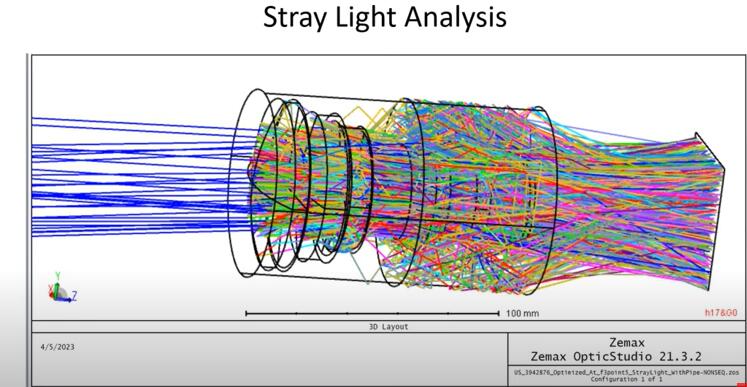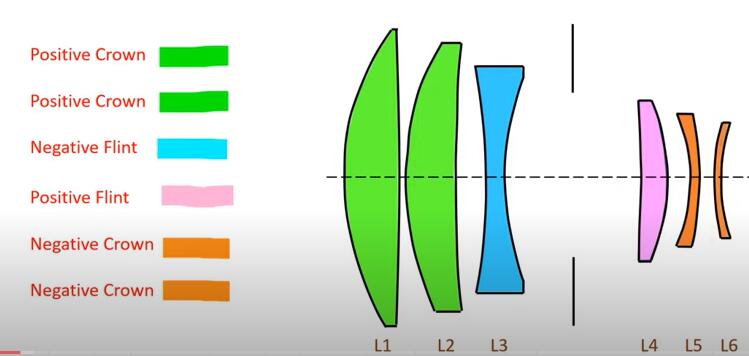- Llámanos al
86-013530516428 - Envíenos un correo electrónico
sales@silveroptics.net - Whatsapp
13530516428
El diseño óptico implica la creación de sistemas o dispositivos que manipulan la luz para lograr objetivos específicos, como la formación de imágenes, Luz de enfoque, o longitudes de onda dispersas. A continuación, se ofrece una descripción general de los pasos necesarios en el diseño de ópticas:
1. **Definir requisitos**: Comprender los requisitos y objetivos del sistema óptico. Esto incluye la determinación de parámetros como el rango de longitud de onda, Campo de visión, resolución, Distancia focal, y las condiciones ambientales.

Diseño óptico
2. **Elija elementos ópticos**: Seleccionar los elementos ópticos adecuados (Lentes, Espejos, Prismas, filtros, etcetera.) en función de los requisitos del sistema. Tenga en cuenta factores como las propiedades de los materiales, Calidad de la superficie, y factibilidad de fabricación.
3. **Disposición del diseño**: Determinar el diseño y la disposición de los elementos ópticos dentro del sistema. Esto implica decidir el número, tipo, y posicionamiento de los elementos para lograr la función óptica deseada.

Diseño óptico
4. **Realizar trazado de rayos**: Utilice software de diseño óptico para realizar simulaciones de trazado de rayos. El trazado de rayos ayuda a predecir cómo se propagarán los rayos de luz a través del sistema óptico, lo que permite a los ingenieros optimizar el diseño para las métricas de rendimiento deseadas, como la calidad de la imagen, Aberraciones, y eficiencia.
5. **Optimice el rendimiento**: Analice los resultados de las simulaciones de trazado de rayos y perfeccione el diseño de forma iterativa para optimizar el rendimiento. Esto puede implicar el ajuste de parámetros como la curvatura, espesor, y espaciado de elementos ópticos para minimizar las aberraciones y mejorar la calidad de la imagen.
6. **Tenga en cuenta los factores no ópticos**: Tenga en cuenta factores no ópticos, como las limitaciones mecánicas, Efectos térmicos, y supresión de luz parásita. Estos factores pueden afectar significativamente el rendimiento y la fiabilidad del sistema óptico.
7. **Prototipo y prueba**: Construya un prototipo del sistema óptico y pruebe su rendimiento en condiciones reales. Esto puede implicar el uso de equipos de prueba ópticos para medir parámetros como la resolución, contraste, y la eficiencia de la transmisión.

Diseño óptico
8. **Iterar y refinar**: Basado en los resultados de las pruebas, Iterar en el diseño para abordar cualquier problema y mejorar aún más el rendimiento. Este proceso iterativo puede implicar la realización de ajustes en los elementos ópticos, Revisión del diseño, o refinar los procesos de fabricación.
9. **Finalizar el diseño**: Una vez que el diseño cumple con los requisitos y objetivos de rendimiento, finalizar el diseño y prepararlo para la producción. Esto puede implicar la documentación de las especificaciones, Creación de planos de ingeniería, y validar el diseño a través de pruebas adicionales.
10. **Manufactura**: Fabricar el sistema óptico utilizando técnicas de fabricación adecuadas y medidas de control de calidad.. Asegúrese de que los componentes se fabriquen con tolerancias estrictas para mantener el rendimiento óptico.

Diseño óptico
11. **Garantía de calidad**: Implementar procesos de aseguramiento de la calidad para verificar que los sistemas ópticos fabricados cumplan con los criterios de rendimiento especificados. Esto puede implicar una inspección, ensayo, y procedimientos de calibración para garantizar la consistencia y la fiabilidad.
Durante todo el proceso de diseño de la óptica, Colaboración interdisciplinaria entre ingenieros ópticos, Ingenieros mecánicos, Científicos de materiales, y otros expertos a menudo es necesario abordar los complejos desafíos involucrados en la creación de sistemas ópticos avanzados.







